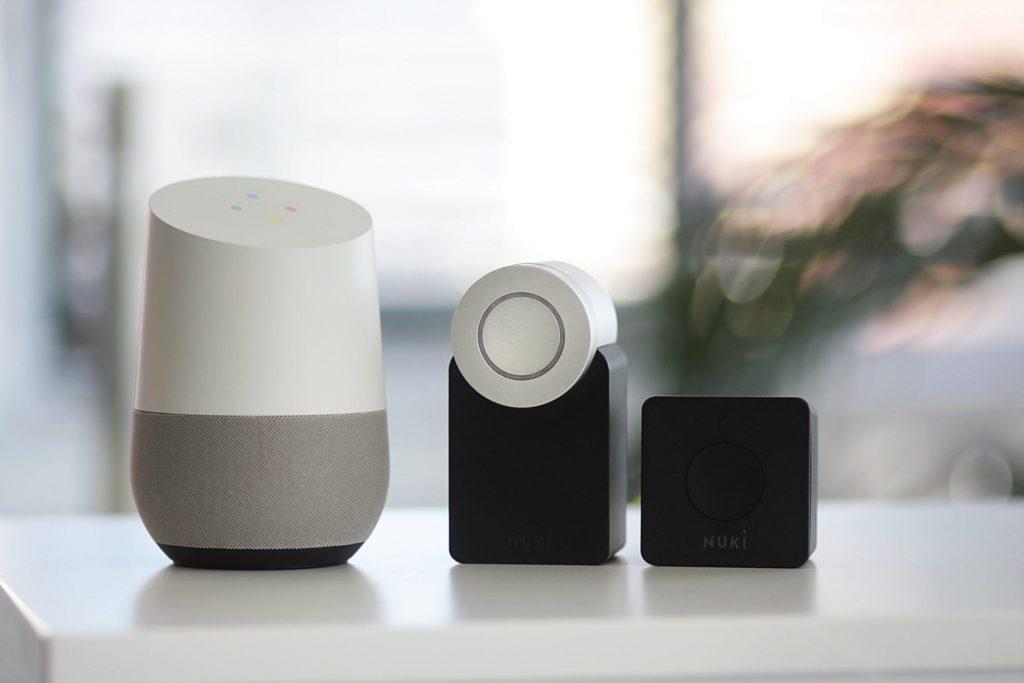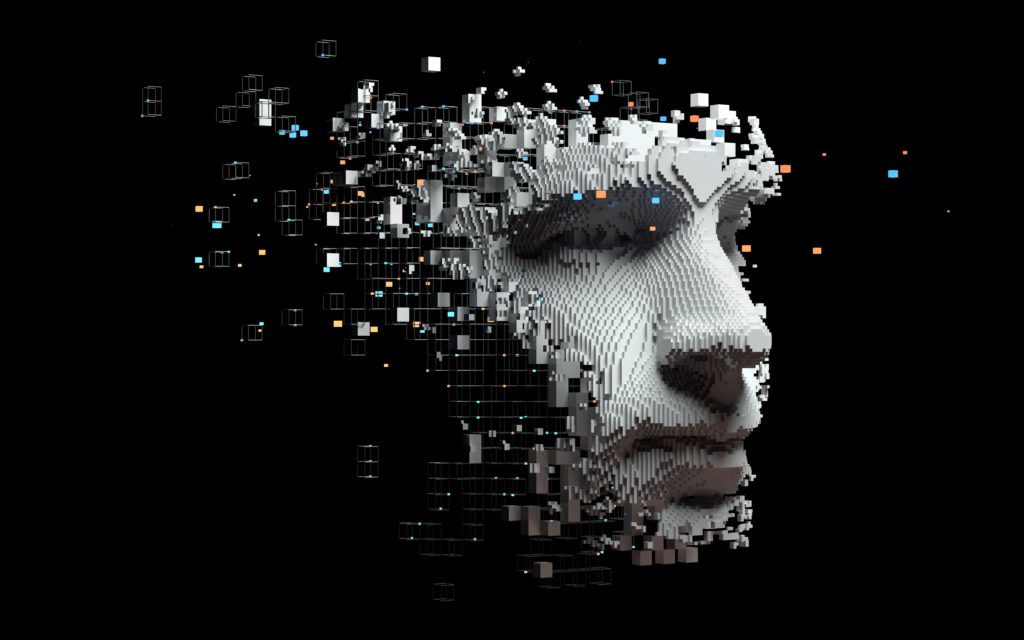Article
Interacting with AI and its Limitless Capacity

The term “artificial intelligence” has a tendency to evoke imagery of robot overlords and all-knowing computer programs.
While this imagery makes for a great blockbuster, it doesn’t paint a very accurate picture of what AI actually is, making it seem like meaningful AI is further off than it really is. In fact, we are already starting to see the beginnings of AI technology in our daily lives.
An example of AI that you’re probably familiar with is the virtual assistant on your smartphone, whether that be Siri, Google Assistant, or Bixby. There are also increasingly popular smart speakers: Dedicated virtual assistant devices like Amazon Echo or Google Home. All of these devices are examples of very simple AI. But there are also some not-so-simple AI technologies making their way into our daily lives and improving the way we interact with the world around us.
AI and Machine Learning Will Streamline Our Work and Lives
Artificial Intelligence refers to any non-living device that can perceive the environment around it and use that information to accomplish goals. Along with being a bit of a scientific marvel, AI is an incredibly powerful tool. As seen in the example of Siri and the Amazon Echo, it makes doing work on a computer as simple as talking to a coworker. Combine this with machine learning, a field of computer science dedicated to teaching computers how to learn independently, and we can start breaking down the limits of traditional computers and create products that are as versatile as us.
For consumers, this means new technology that allows difficult or time-consuming tasks to be accomplished with a few basic verbal instructions. For businesses, it means a new way to reach consumers and conduct business by providing them with new mediums of interaction. Making informed predictions, business decisions, and financial plans will be more efficient and reliable. Some of the biggest tech companies in the world including Amazon, IBM, and Google, are working to raise this technology to its full potential. We already see evidence in products like IBM’s Watson, which routinely beats Jeopardy players and creates new recipes as a hobby, and Google’s Alpha Go, which learned to play Go so well that it caused the leading player in the world to have a panic attack during a tournament.
What it Means for Consumers
Currently, there is a disconnect between the way we interact with people and the way we interact with computers. When we communicate and share information with one another, we do so through body language and verbalization. When we communicate with a computer, we grab a mouse, poke at a keyboard, or drag our fingers across a screen.
AI, however, enables us to communicate with our computers the same way that we communicate with each other. Similar to how you can control your GPS by telling Google where you want to go, you will be able to control your environment by telling an AI what you want to do and what you want to know.
Our interactions with computers will become more human and natural. Going to the store or shopping online will be much simpler and faster, as the need to search through countless products will be less necessary. Additionally, customer service won’t be limited by the number of employees a business has or the capabilities of an automated computer program. Companies will gain more trust from consumers through AI representatives that can give them the most effective support possible.
This is important to understand. As of 2017, there were already 4 billion AI-powered devices used worldwide. Most of these devices were personal assistants making their way into our homes and into our smartphones. Users of the Android OS have already come to depend on Google’s AI-powered Assistant for answers to trivia questions, guidance to locations, help with setting reminders, and vocalized instruction sets for tasks such as cooking.
We can already look at our personal assistants to see how our behavior is adapting and changing to these AI-powered machines. There are anecdotes from various tech communities and journalists where it’s been found that parents are teaching their children morality and etiquette through interaction with these smart speakers. These parents are encouraging their children to say “please” and “thank you” to these objects after each interaction. Google and Amazon understand this too. Though their machines may not comprehend the sentiment, when they are thanked after completing a task, they’ll both offer a human reaction.
What it Means for Businesses
As consumers become more and more comfortable with relying on computers, it is the businesses that offer the best user-to-software interactions that will win their loyalty. The easier a business’s service is to use, and the more modern and streamlined it is, the more attractive consumers will find it.
Companies can use AI software to make customer interactions more natural and effective, saving customers frustration and time while also earning their trust. Tools that make finding a product or answer simpler will help companies compete in a rapidly advancing world. Traditional marketing and brand identities will give way to convenience. By using AI to understand what someone wants before they know they want it, businesses will be able to gain repeat traffic from customers who trust the company to give them exactly what they’re looking for.
AI isn’t only going to have an impact on businesses that utilize this technology at the edge where consumers interact with it. Even companies that don’t produce AI-centric products are predicted to experience a substantial impact from the implementation of AI in their normal operations; an estimated $15.7 trillion will be added to the global GDP due to AI-driven business practices. In fact, the AI software market as a whole is growing at an explosive rate and is expected to reach $59.8 billion by 2025.
Because AI is such a versatile form of technology, the ways it can be used are limited only by our ideas of how to use it. The more you begin to use and work with this technology, the more obvious its benefits will be. And because AI learns from its interactions, the sooner a business starts using it, the faster they can train it to their specific needs. Whether it’s automating simple tasks or analyzing expense reports, tools like Watson and Pepper can help businesses stay ahead of the curve by incorporating this technology into their daily operations.









